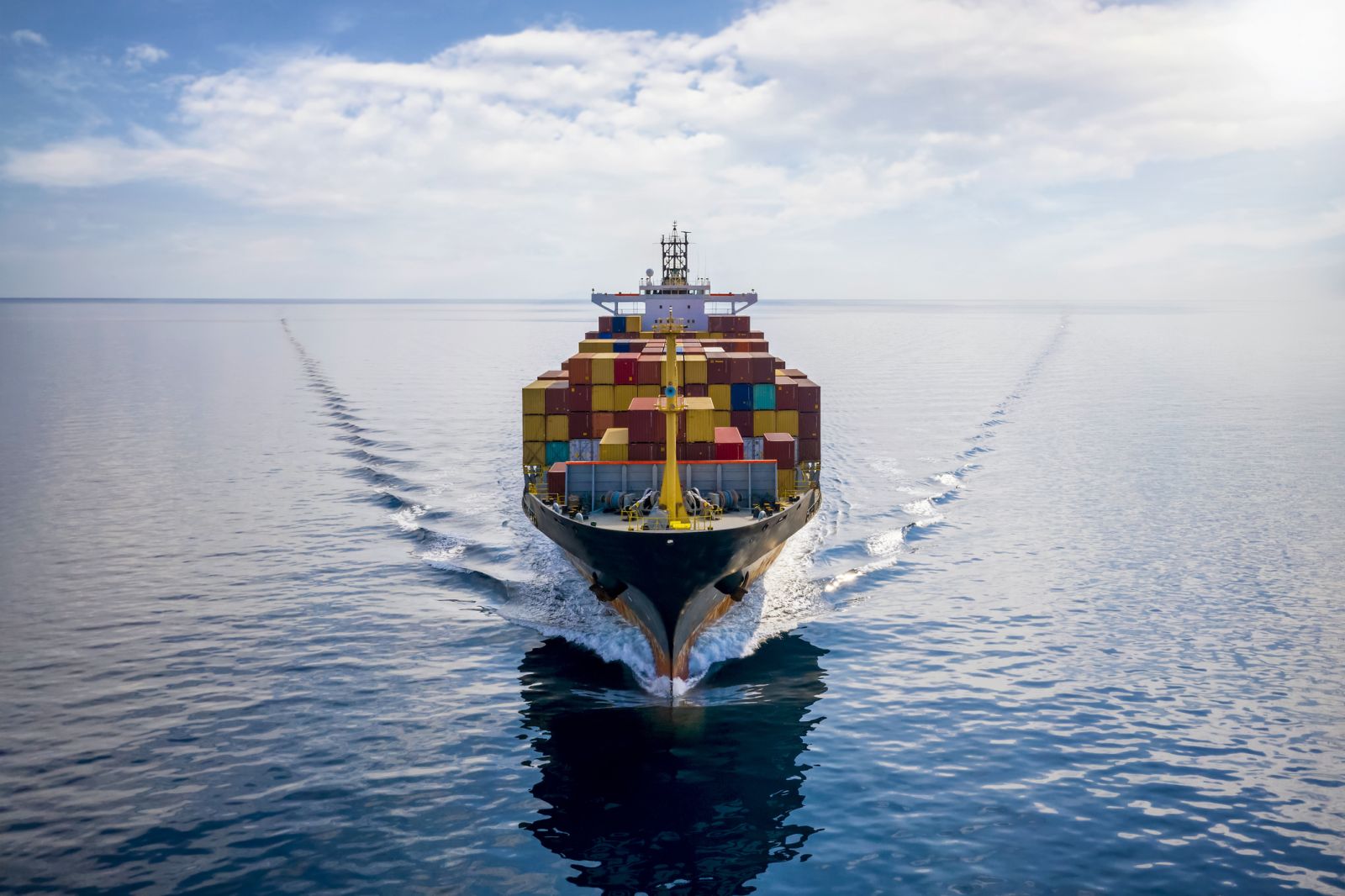
The Houthi attacks on commercial shipping in the Red Sea have caused widespread diversions in global oil trades. Wall Street continues to ignore the geopolitics involved - but in the real world, longstanding warnings from the oil tanker industry that there are too few ships being built are coming home to roost.
While other commercial vessels began avoiding the Red Sea soon after the Houthi attacks started in November, oil and fuel tankers kept sailing undeterred. However, after U.S. and British forces bombed Yemen in January in an attempt to discourage the attacks, many of the world's top tanker owners began steering clear of the military action in the Red Sea.
The result? Tanker rates are ramping higher, and voyage durations are increasing again, after already becoming stretched in response to Russia’s war in Ukraine. Combined with too few new ship deliveries and an aging tanker fleet, the outlook for tankers is positive, to say the least.
The Bullish Case for Oil Tanker Firms
This situation is not expected to change in the foreseeable future. Only two new supertankers are due to join the fleet in 2024, which marks the fewest additions to the tanker fleet in almost 40 years, and is about 90% below the yearly average this century. Only five more are set to be added in 2025, down sharply from the 42 ships delivered in 2022.
And while there has been a recent uptick in orders, it will take years for them to be built and delivered. That’s because shipyards are currently full of container vessels that were ordered during the pandemic, as well as requests for liquefied natural gas (LNG) carriers.
The tanker shortage comes at a time when the efficiency of the global fleet is already far from its peak. In addition to Red Sea-related route diversions, which can lengthen voyages by up to 70% in some cases, the “shadow fleet” of aging vessels has exploded in size since the onset of the Russia-Ukraine conflict.
And Jacob Meldgaard, CEO of Torm PLC (TRMD), said recently that even a 5% global increase in demand sparked by route diversions around the Cape of Good Hope could be “very material” at a time when fleet utilization is already higher than normal. (Data from S&P Global shows that vessel employment rates have increased 5% since oil tankers began rerouting to avoid the Houthi conflict.)
The numbers speak for themselves. Freight rates have already jumped to levels not previously seen outside of a brief spike at the height of the COVID-19 pandemic. Charter prices for the largest tankers used for oil products — such as diesel and jet fuel — soared to $101,500 in late January, according to figures from the shipbroker Gibson. In November, the rates averaged just $22,750 a day.
Add it all up - the limited order book, a quickly aging fleet, the amount of tonnage that is already over-age, and the impact of the environmental regulations in the sector - and the good days for oil tanker owners looks to be here to stay for quite a while.
Buy Frontline Stock
One compelling way to participate in the current boom time for oil tanker companies is through buying shares of Frontline PLC (FRO). The company is a world leader in the seaborne transportation of crude oil (CLJ24) and refined products. Frontline owns and operates one of the largest and most modern fleets in the industry, consisting of VLCCs (very large crude carriers), Suezmax tankers, and LR2 / Aframax tankers.
The company's largest shareholder is Hemen Holding Ltd., a company indirectly controlled by the chairman of Frontline, John Fredriksen - Norway's wealthiest person, whose wealth is estimated at about $12 billion. In October, Fredriksen sealed a deal to make Frontline the world’s largest publicly traded pure-play tanker company.
Under the terms of the deal, Frontline, CMB (Compagnie Maritime Belge), and Euronav (EURN) came to an agreement that settled a long-running dispute and let everyone pursue their individual strategies. Frontline agreed to sell its 57 million shares of Euronav to CMB for $18.43 per share. In exchange, Frontline acquired 24 VLCCs with an average age of 5.3 years for a total cost of $2.35 billion.
The deal increased the company’s dwt (deadweight tonnage) by 57%, while its sailing days were increased by 37%. After the transaction, Frontline grew from 65 to 89 vessels. Plus, the deal is expected to be highly accretive on earnings and free cash flow per share.
Fredriksen has repeatedly said that he believes the tanker market is at the beginning of a strong upcycle. He said this agreement was struck at “an opportune time in the cycle.” He highlighted to shareholders that the company is significantly expanding its exposure, specifically in the VLCC segment, and notes that the order book in the VLCC segment is at its lowest levels since the 1980s.
This shrewd move by Fredriksen, coupled with the current geopolitical mess, makes FRO stock a buy below $25.








